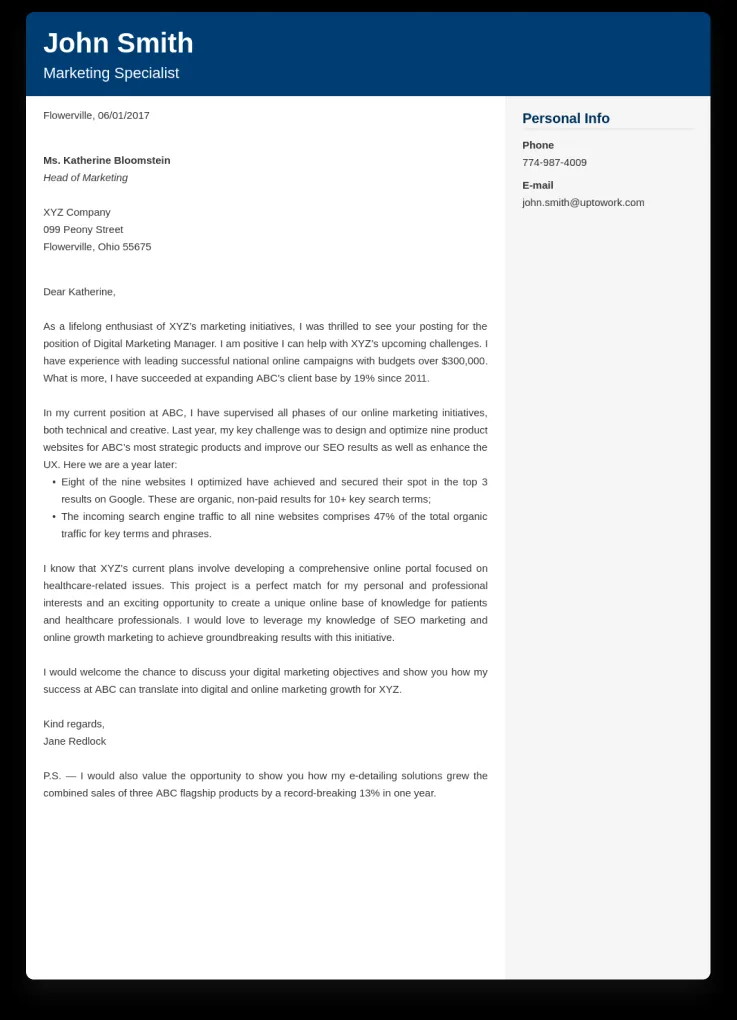Cover Letter Essentials What You Need to Know
A cover letter is your chance to shine. It’s your personal introduction, designed to highlight your qualifications and express your interest in a specific role. Unlike your resume, which provides a static overview, your cover letter allows you to tell a story, connecting your skills and experiences to the job’s specific needs. It shows that you’re not just another applicant sending out generic resumes. It’s a strategic document that can significantly boost your chances of landing an interview. Mastering the art of cover letter writing is a valuable skill that can transform your job search. The key is to craft a letter that is personalized, concise, and compelling, making a strong first impression.
Understanding the Purpose of a Cover Letter
The primary goal of a cover letter is to introduce yourself to the hiring manager and demonstrate your enthusiasm for the position. It serves as a bridge between your qualifications and the job requirements. It allows you to explain your interest in the company and the role in your own words, providing context and depth to your resume. It’s an opportunity to address any gaps in your employment history or career changes. A well-written cover letter creates a positive first impression, showcasing your attention to detail, communication skills, and passion for the job. It sets the stage for a potential interview and gives you a significant competitive edge. It’s your chance to make a memorable first impression.
Key Components of a Cover Letter
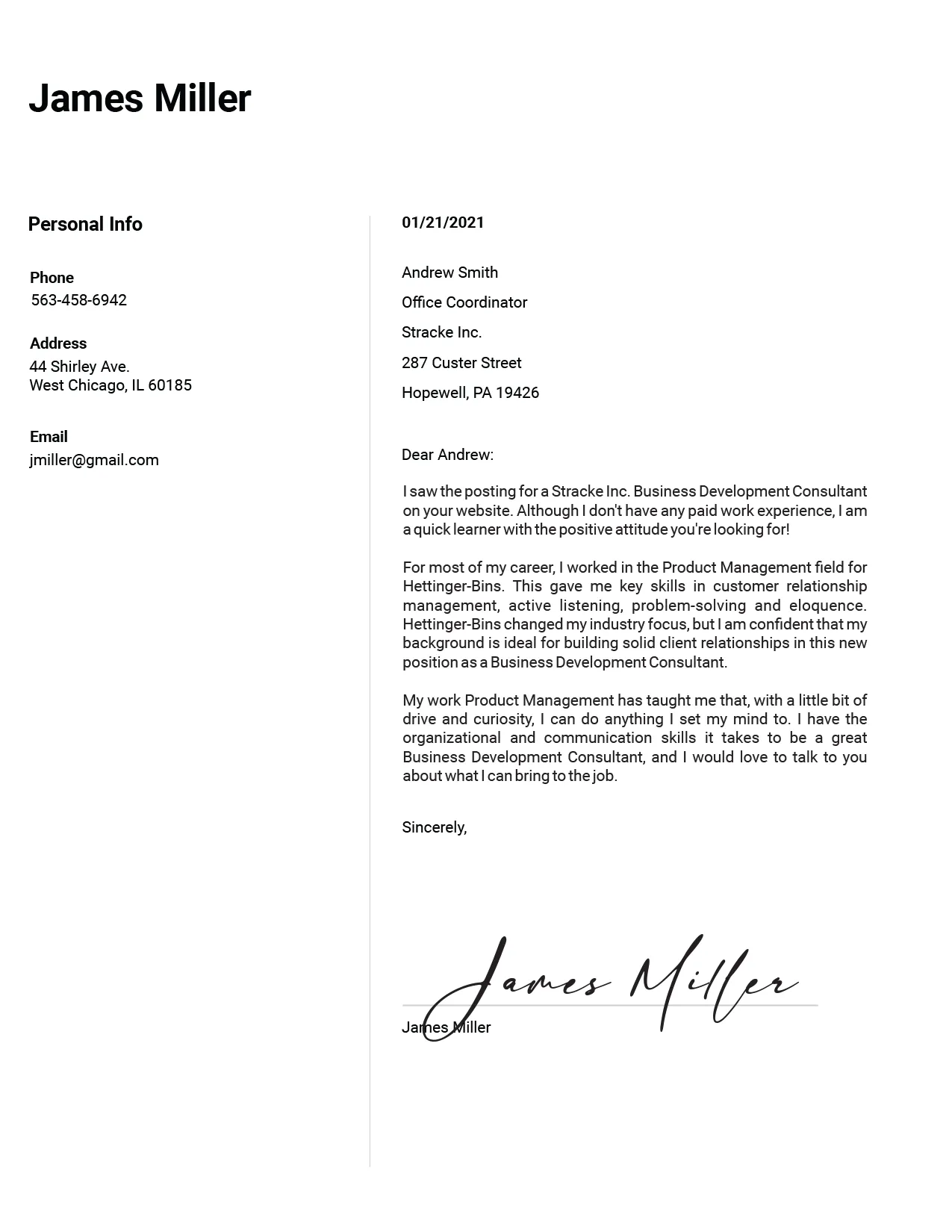
A successful cover letter includes several essential elements working together to create a strong application. Start with a professional header with your contact details and the date. Address the hiring manager by name if possible; researching their name adds a personal touch. The opening paragraph should immediately capture the reader’s attention, identifying the position and expressing your interest. The body of the letter should highlight your relevant skills and experiences, providing specific examples of your accomplishments and how they align with the job requirements. Be sure to tailor each letter to the specific job, showing that you understand the company’s needs and how you can contribute. Conclude with a strong closing paragraph, reiterating your interest and thanking the hiring manager. Finally, proofread meticulously for any errors in grammar or spelling. These elements combined create a powerful cover letter.
Top 5 Tips to Build a Cover Letter
Tip 1 Research the Company
Before writing, research the company. Visit their website, read their ‘About Us’ section, and check their social media. Understand their mission, values, and recent achievements. This helps you tailor your letter to the company, showing genuine interest. Look for keywords that the company uses, and incorporate them into your letter to show that you’ve done your homework. Showcasing your knowledge can make your application stand out. The more you know, the better you can articulate why you’re a good fit. This demonstrates enthusiasm and helps you make a strong impression on the hiring manager. Thorough research is an essential step in crafting a persuasive application.
Tip 2 Tailor Your Letter to the Job
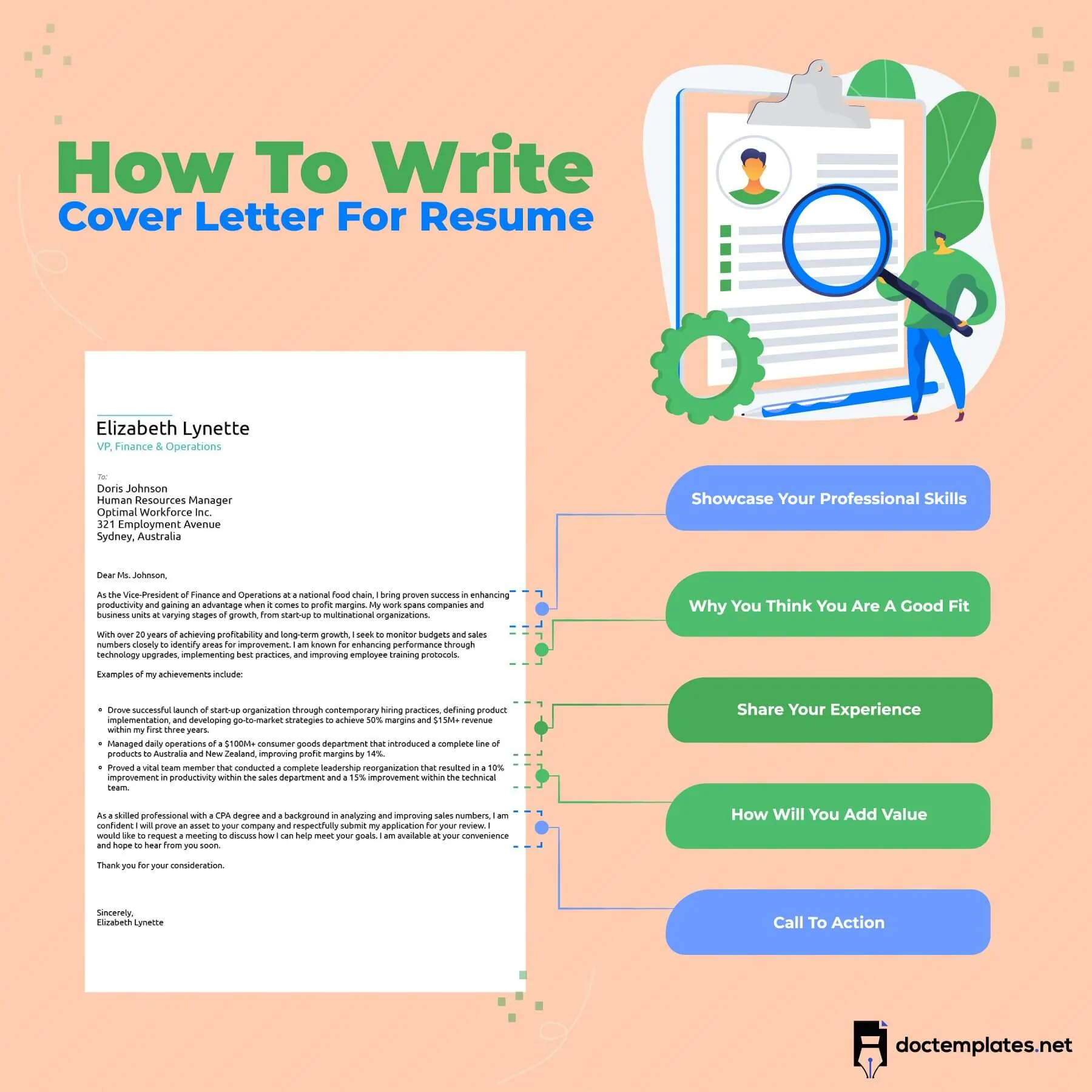
Always customize your cover letter. Review the job description and find the key skills and qualifications the employer seeks. Highlight your relevant experiences aligning with the job’s needs. Use the keywords from the job description in your cover letter, and provide specific examples of how you’ve demonstrated those skills. Don’t just list your skills; provide specific examples. For instance, if the job requires project management skills, describe a successful project you managed, including the challenges you faced and how you overcame them. Tailoring your letter shows that you’ve understood the job, and this personalization increases your chances of moving forward.
Tip 3 Highlight Relevant Skills and Experiences
Use your cover letter to showcase the skills and experiences that make you the ideal candidate. Focus on the most relevant parts of your background that match the job requirements. Instead of just repeating your resume, elaborate on your experiences. Provide specific examples of your achievements, quantifying results whenever possible. The STAR method (Situation, Task, Action, Result) can help structure your examples. For example, describe a situation, the task, the actions you took, and the positive results. Quantify your accomplishments with numbers, like ‘increased sales by 15%’ or ‘managed a team of 10 employees.’ This data helps the hiring manager understand your value. Highlighting relevant skills and experiences proves your ability to perform the job.
Tip 4 Use Strong Action Verbs
Use dynamic action verbs to make your cover letter more engaging. Action verbs help you describe your accomplishments clearly and persuasively. Instead of ‘Responsible for managing projects,’ say ‘Led projects.’ Instead of ‘Assisted with marketing campaigns,’ try ‘Developed and implemented marketing campaigns.’ Some strong action verbs include: ‘achieved,’ ‘managed,’ ‘created,’ ‘implemented,’ ‘improved,’ ‘increased,’ ’led,’ ’negotiated,’ ‘resolved,’ and ’transformed.’ By using active verbs, you will paint a vivid picture of your skills and experiences. This makes your cover letter more compelling and highlights your successes and initiative.
Tip 5 Proofread and Edit Carefully
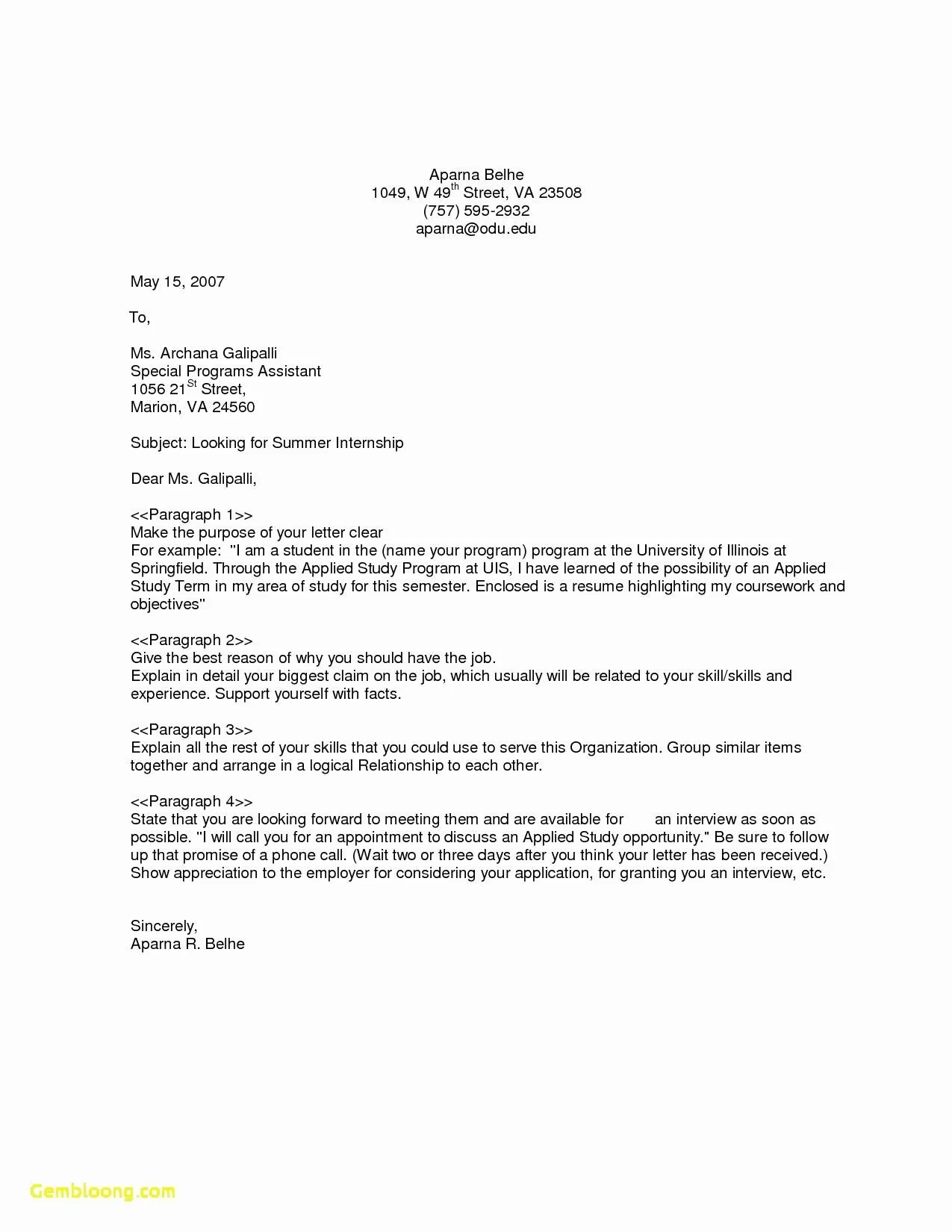
Before submitting your cover letter, meticulously proofread and edit it. Typos, grammatical errors, and formatting issues can create a bad impression, even if you’re highly qualified. Read your cover letter aloud to catch awkward phrasing. Ask a friend, family member, or career advisor to review your letter for errors. Pay attention to spelling, punctuation, and capitalization. Ensure your font is easy to read and your formatting is clean. A well-proofread letter shows your attention to detail and professionalism. Take time to polish your cover letter and increase your chances of success. Proofreading is essential to ensure your message is clear and effective.
Formatting and Structure Best Practices
Header and Contact Information
Your cover letter should start with a professional header, including your contact details. At the top left, include your full name, address, phone number, and email address. Use a clear, readable font, like Times New Roman or Arial, and keep the formatting consistent. Following your contact information, include the date and the hiring manager’s name and title (if known), along with the company’s address. Addressing the hiring manager by name shows you’ve researched and paid attention to detail. Keep the header clean, concise, and professional. This sets the tone and makes it easy for the employer to contact you. The correct header facilitates easy contact if they are interested.
Body Paragraphs Making a Compelling Case
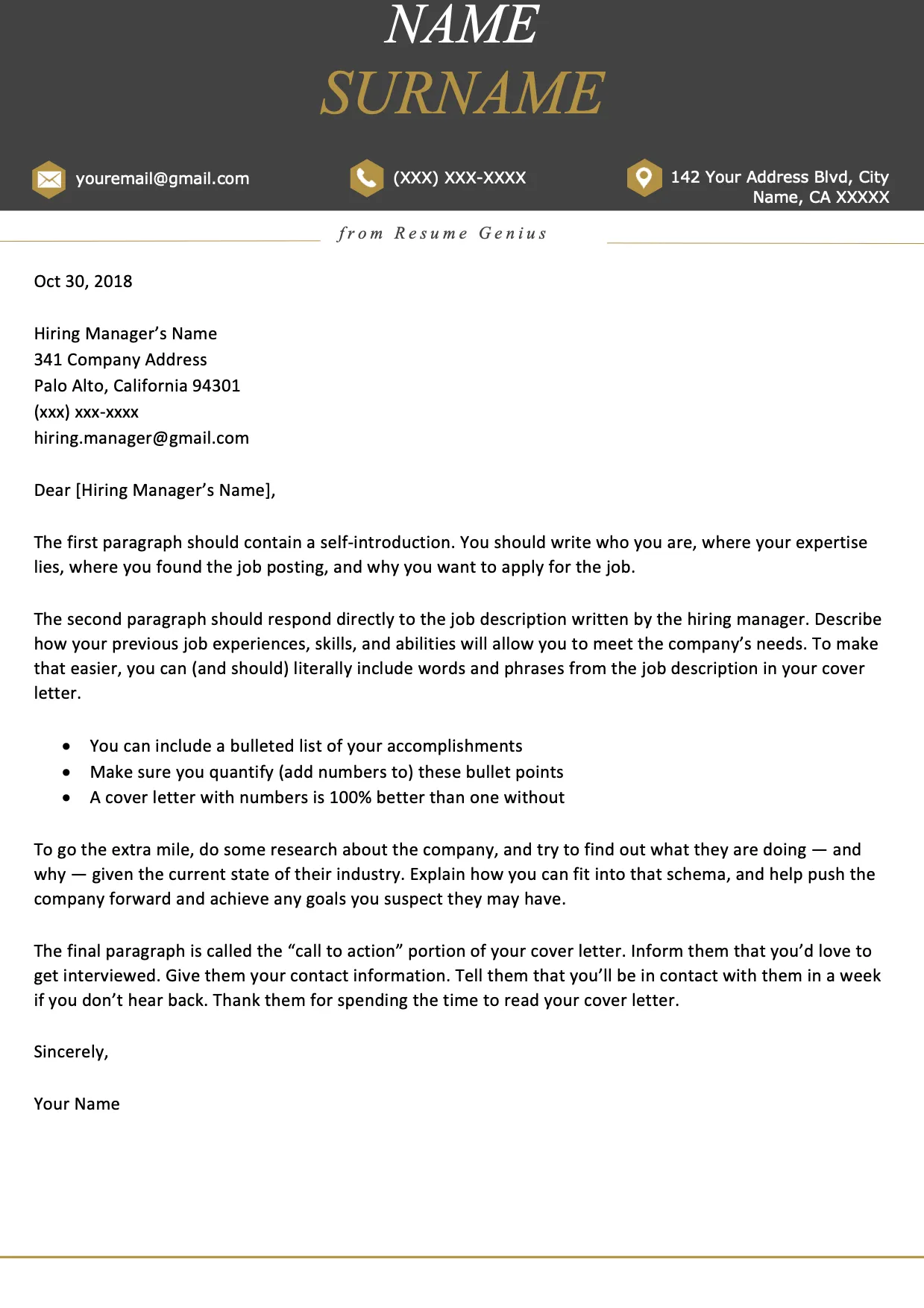
The body paragraphs are where you make your case for why you’re the right fit. Start with an opening paragraph stating the position and your interest. In the following paragraphs, highlight your skills, experiences, and achievements. Use the STAR method to provide specific examples. Tailor each paragraph to the job description, using its keywords. Focus on showing how your skills match the employer’s needs, and explain your value to the company. Keep each paragraph focused, use clear language, and strong action verbs. Conclude with a strong closing paragraph reiterating your interest and thanking the hiring manager. The body paragraphs should make your application persuasive and memorable.
Closing the Letter with Confidence
Your closing should express your enthusiasm and reiterate your interest. Thank the hiring manager for their time and consideration. Include a call to action, such as ‘I look forward to hearing from you soon’ or ‘I am eager to discuss my qualifications further in an interview.’ Avoid clichés, and keep it professional and concise. You can also mention your interview availability. End with a professional closing, like ‘Sincerely,’ ‘Best regards,’ or ‘Thank you.’ Your closing should leave a positive impression and show your eagerness to move forward. It reminds the employer of your value.
Common Mistakes to Avoid
Generic Letters and Lack of Personalization
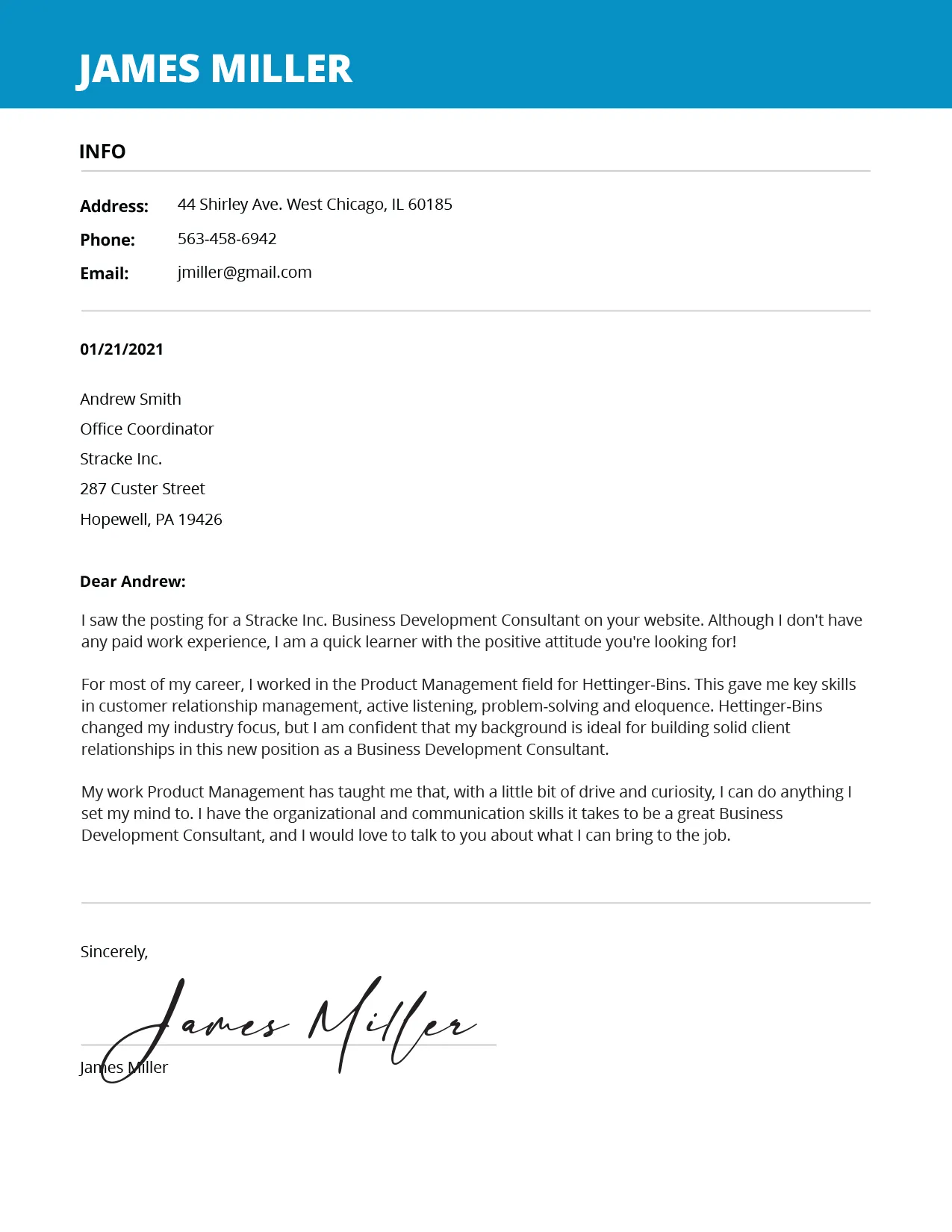
Avoid sending generic cover letters. Hiring managers quickly identify these, and they’ll likely discard your application. Always tailor your cover letter to the specific job and company. Research the company and highlight your skills aligned with their needs. Avoid generic phrases or clichés. Personalize your letter by addressing the hiring manager by name and showing your understanding of the company’s values and goals. This personalization significantly boosts your chances of getting noticed. Tailoring your letter shows you’ve taken the time to show genuine interest.
Typos and Grammatical Errors
Typos and grammatical errors are major red flags, which can disqualify your application. Proofread meticulously before submitting. Read it aloud, and ask a friend or advisor to review it. Pay attention to spelling, punctuation, and capitalization. Ensure your formatting is consistent, and use a readable font. A poorly written cover letter shows a lack of attention to detail, so make sure it’s error-free. A polished letter is crucial for making a good impression on the hiring manager.
Focusing on Yourself Too Much
While it’s important to highlight your skills, avoid focusing only on yourself. Frame your qualifications in terms of how you can benefit the company. Show the hiring manager what you can do for them. Demonstrate your understanding of their needs and align your skills with their requirements. Use the STAR method to provide concrete examples. Tailor your letter to the job, highlighting the most relevant skills. Keep the focus on the employer’s needs and how you can contribute to their success. A letter focusing too much on yourself can seem self-centered and less persuasive. The best approach is to balance your qualifications with understanding the company’s needs.
